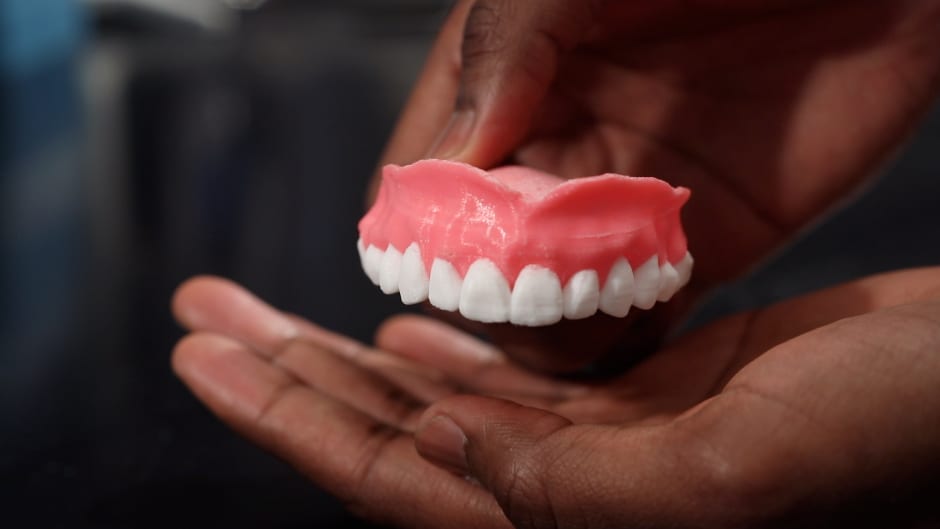3D printed dentures release medication to prevent fungal infection
Denture-related fungal infections could be averted with 3D printed false teeth that release medication, an advance looking to find a place in a market worth over $66bn.

Denture-related stomatitis is a common condition that causes inflammation, redness and swelling in the mouth.
Now, researchers at University at Buffalo, the state university of New York, have used 3D printing to build dentures filled with microscopic capsules that periodically release Amphotericin B, an antifungal medication.
The study – published in Materials Today Communications - found that the drug-filled dentures can reduce fungal growth. Compared to current treatments - antiseptic mouthwashes, baking soda and microwave disinfection - the new development can prevent infection while the dentures are in use.
"The major impact of this innovative 3D printing system is its potential impact on saving cost and time," said Praveen Arany, DDS, PhD, the study's senior author and an assistant professor in the Department of Oral Biology in the UB School of Dental Medicine.
According to Arany, the technology will allow dentists to quickly create customised dentures compared to conventional manufacturing that can vary from days to weeks. Applications from this research could be applied to various other clinical therapies, including splints, stents, casts and prosthesis.
Register now to continue reading
Thanks for visiting The Engineer. You’ve now reached your monthly limit of news stories. Register for free to unlock unlimited access to all of our news coverage, as well as premium content including opinion, in-depth features and special reports.
Benefits of registering
-
In-depth insights and coverage of key emerging trends
-
Unrestricted access to special reports throughout the year
-
Daily technology news delivered straight to your inbox










BEAS funding available to help businesses cut energy costs
And not a moment too soon, if the following exchange broadcast last Friday 13th June, on the Radio 4 ´Rare Earth´ program (link below, ~ 17 minutes...